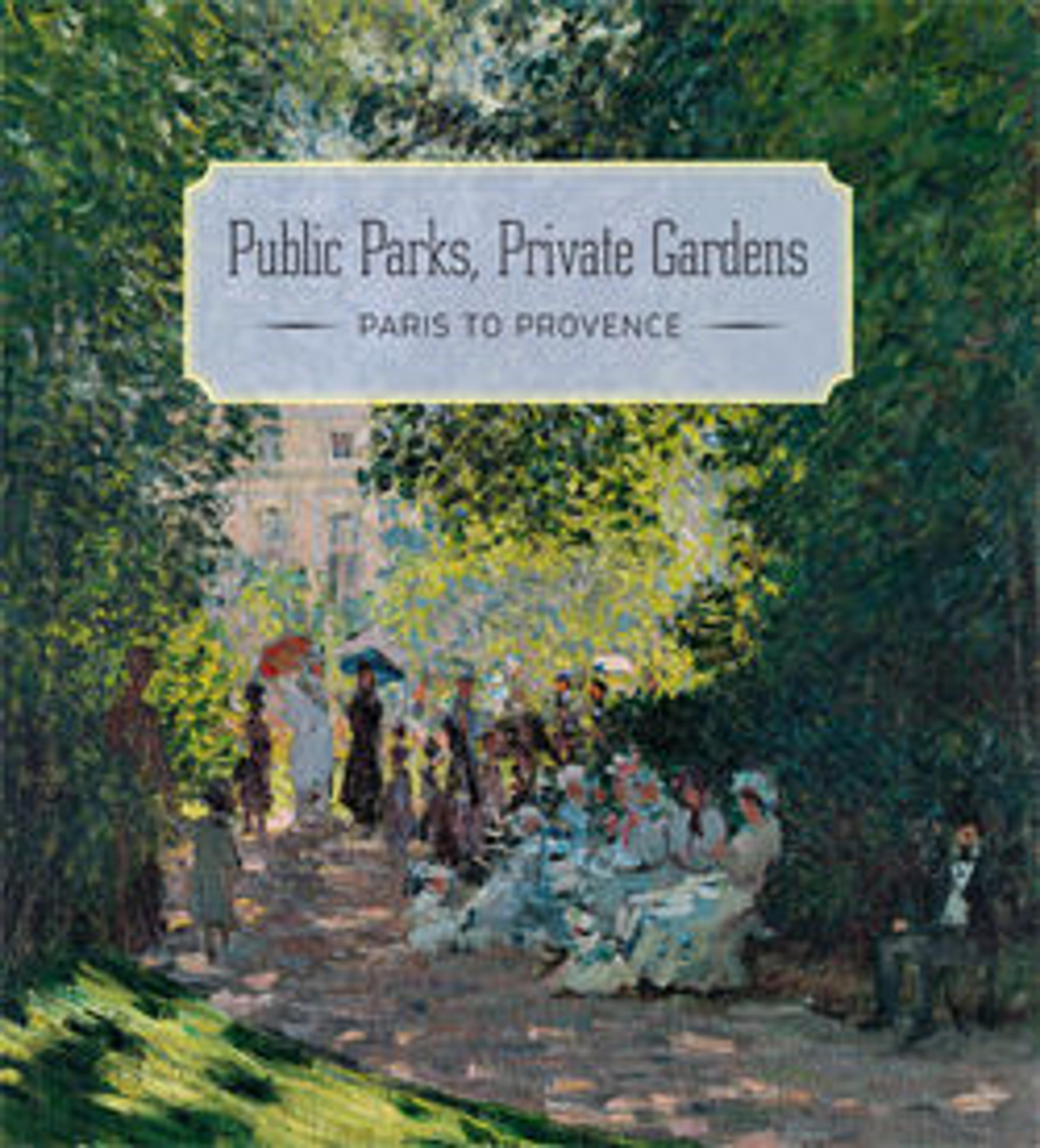The Brioche
Manet reportedly called still life the "touchstone of the painter." From 1862 to 1870 he executed several large-scale tabletop scenes of fish and fruit, of which this is the last and most elaborate. It was inspired by the donation to the Louvre of a painting of a brioche by Jean Siméon Chardin, the eighteenth-century French master of still life. Like Chardin, Manet surrounded the buttery bread with things to stimulate the senses—a brilliant white napkin, soft peaches, glistening plums, a polished knife, a bright red box—and, in traditional fashion, topped the brioche with a fragrant flower.
Artwork Details
- Title:The Brioche
- Artist:Edouard Manet (French, Paris 1832–1883 Paris)
- Date:1870
- Medium:Oil on canvas
- Dimensions:25 5/8 x 31 7/8 in. (65.1 x 81 cm)
- Classification:Paintings
- Credit Line:Gift and Bequest of David and Peggy Rockefeller, 1991, 2017
- Object Number:1991.287
- Curatorial Department: European Paintings
More Artwork
Research Resources
The Met provides unparalleled resources for research and welcomes an international community of students and scholars. The Met's Open Access API is where creators and researchers can connect to the The Met collection. Open Access data and public domain images are available for unrestricted commercial and noncommercial use without permission or fee.
To request images under copyright and other restrictions, please use this Image Request form.
Feedback
We continue to research and examine historical and cultural context for objects in The Met collection. If you have comments or questions about this object record, please contact us using the form below. The Museum looks forward to receiving your comments.
